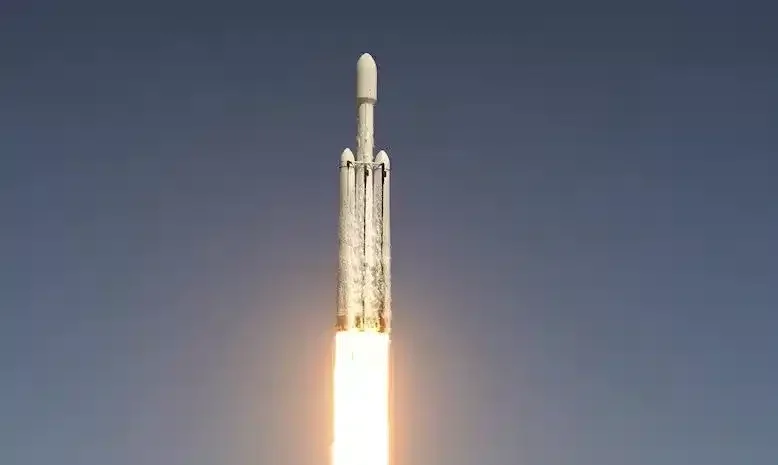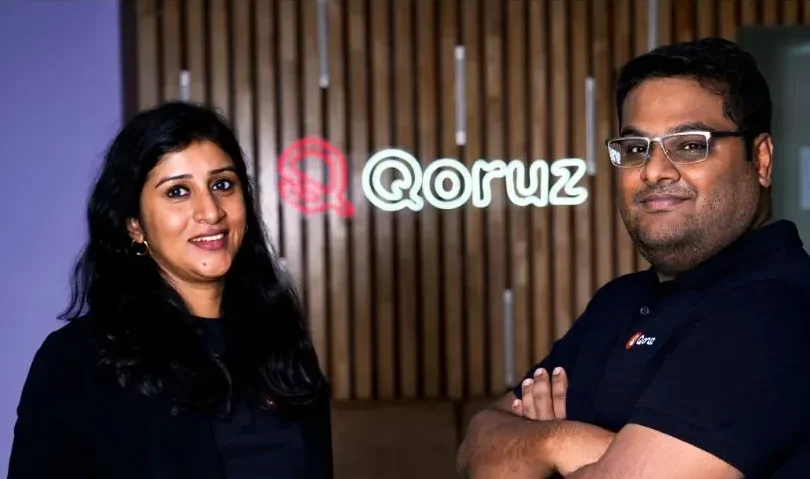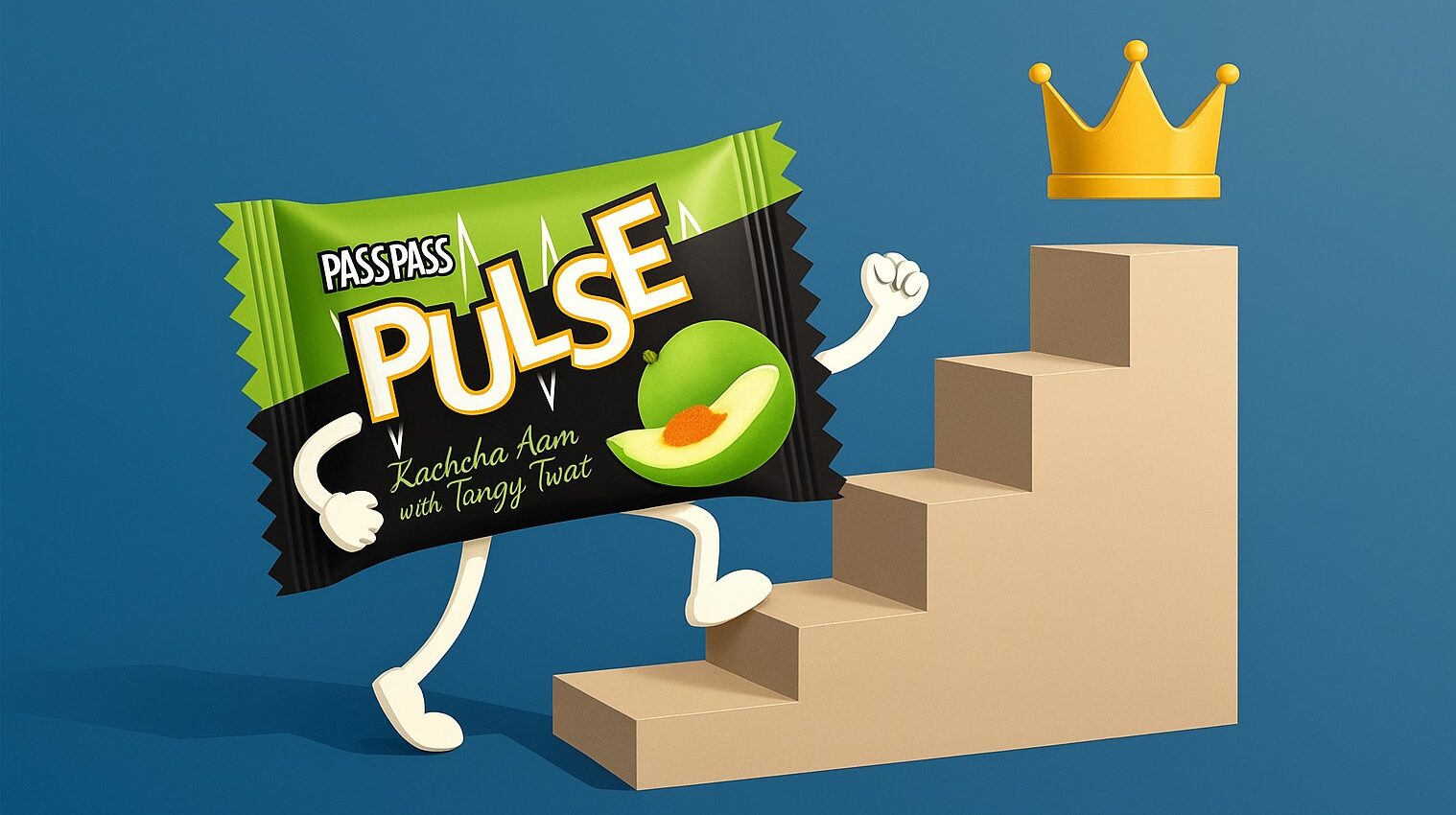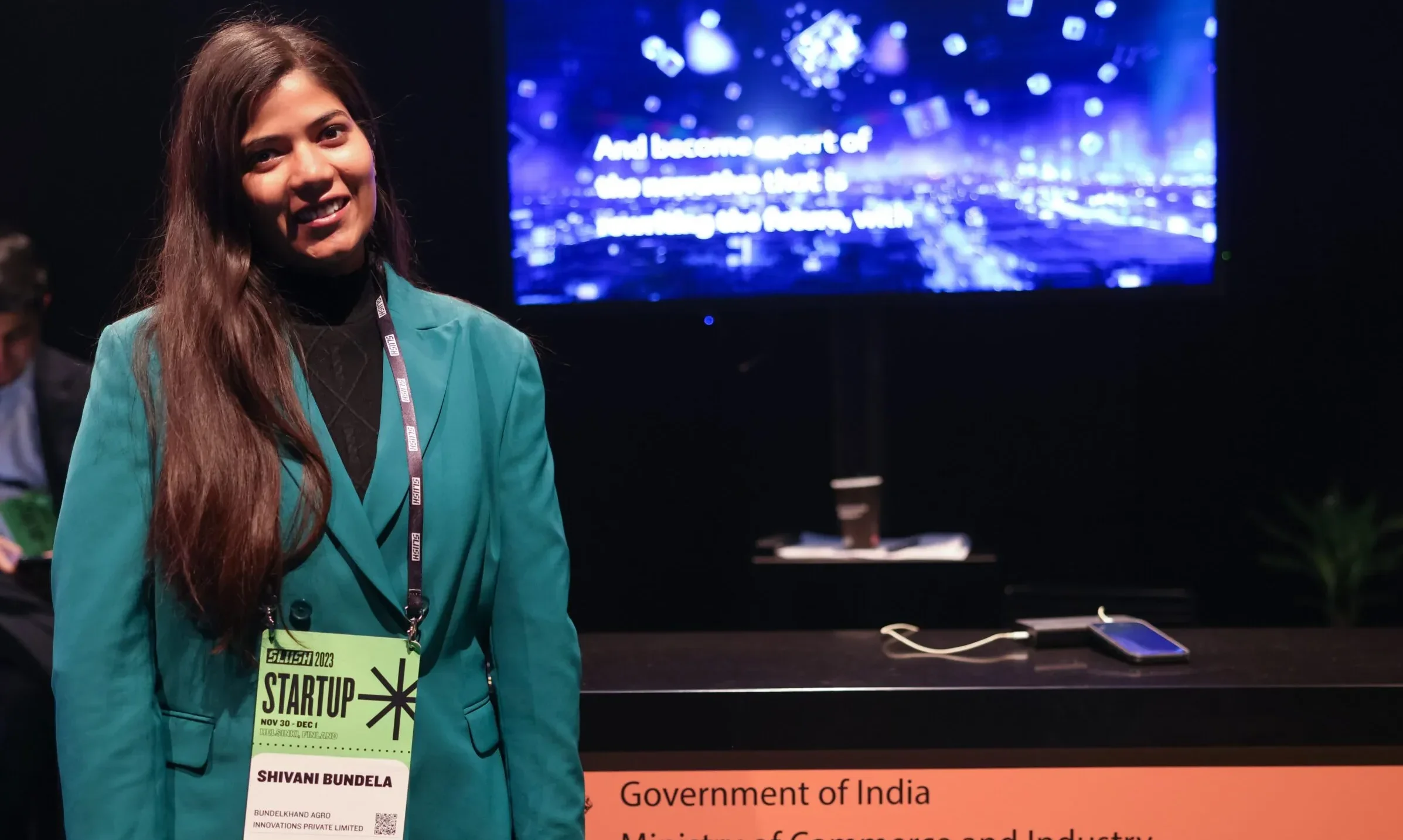India’s electric two-wheeler (e2W) market is witnessing a vibrant transformation, led by increasing fuel prices, rising environmental consciousness, and robust government incentives. As of 2024, the market has touched nearly 960,000 units in annual sales and is anticipated to grow at a CAGR of 28.5%, potentially reaching 11 million units by 2033 (IMARC Group). This article discusses the major players in the sector, their product offerings, market positioning, and future outlook, offering a comprehensive comparative perspective on the evolving dynamics of the Indian e2W industry.
Market Overview
The surge in demand for electric two-wheelers is driven by several structural factors:
- Government Initiatives such as the FAME-II scheme and EMPS 2024 provide direct subsidies and infrastructure support.
- Urbanization and Pollution: Indian cities face increasing pressure to reduce emissions, making e2Ws a favorable alternative.
- Lower Running Costs: Electric scooters are cheaper to maintain and operate compared to petrol vehicles.
- Fuel Price Volatility: Repeated hikes in petrol and diesel prices have made EVs a cost-effective commuting option.
- Increased Awareness: Eco-conscious consumer behavior and youth interest in technology-driven solutions are influencing the market.
- Corporate Adoption: Delivery giants like Zomato, Swiggy, and e-commerce players are deploying electric scooters for last-mile connectivity.
According to Frost & Sullivan, the Indian government aims to achieve 80% electric two-wheeler penetration by 2030.
EV Policy Support: FAME-II & EMPS 2024
FAME-II (Faster Adoption and Manufacturing of Hybrid and Electric Vehicles – Phase II)
Launched in April 2019, FAME-II was India’s flagship EV subsidy program with an outlay of ₹10,000 crore, aimed at accelerating electric mobility. Key highlights:
- Focus: Incentivized demand for electric two-, three-, and four-wheelers, especially in commercial and public transport.
- Subsidy for e2Ws: ₹15,000 per kWh of battery capacity, capped at 40% of the vehicle cost.
- Achievements (as of March 2024): Over 11 lakh electric two-wheelers subsidized; infrastructure push with ~7,000 charging stations sanctioned.
EMPS 2024 (Electric Mobility Promotion Scheme 2024)
As FAME-II expired on March 31, 2024, the government launched EMPS 2024 to ensure continuity until a more comprehensive FAME-III policy is introduced.
- Tenure: April 1 – July 31, 2024.
- Budget: ₹500 crore.
- Targets: Subsidize 3.3 lakh e2Ws and 31,000 e3Ws.
- New Subsidy Rates: ₹5,000 per kWh (up to ₹10,000) for e2Ws; up to ₹50,000 for commercial e3Ws.
These schemes play a pivotal role in reducing upfront costs, supporting local manufacturing, and encouraging rapid adoption of EVs in India
Advantages of Electric Bikes
- Eco-Friendly: Zero tailpipe emissions reduce urban air pollution.
- Cost-Effective: Lower fuel and maintenance costs over time.
- Government Subsidies: Significant savings through FAME-II and state-level incentives.
- Low Noise Pollution: Quieter operation contributes to less noise in congested cities.
- Innovative Features: Most models offer digital displays, GPS, app integration, and fast charging.
Disadvantages of Electric Bikes
- Charging Infrastructure: Still underdeveloped in many parts of India, especially rural areas.
- Battery Replacement Cost: High cost of lithium-ion battery replacement after 3–5 years.
- Limited Range: Budget models may not meet the daily range needs of long-distance commuters.
- Charging Time: Despite fast charging options, charging takes longer than refueling petrol vehicles.
- Service Centers: Lack of adequate service infrastructure for some new entrants.
Key Players and Their Offerings
| Brand | Model | Range (km) | Top Speed (km/h) | Price (INR) | Charging Time |
|---|---|---|---|---|---|
| Ola Electric | S1 Pro | 180 | 120 | ₹1,29,000 | ~4 hours |
| TVS | iQube ST | 150 | 78 | ₹1,25,000 | ~3 hours |
| Bajaj Auto | Chetak | 153 | 73 | ₹1,20,000 | ~3 hours |
| Ather Energy | 450X | 111 | 90 | ₹1,40,000 | ~6.5 hours |
| Ultraviolette | F77 | 307 | 152 | ₹3,80,000 | ~5 hours |
Consumer Behavior Trends in India
- Youth Adoption: A large segment of buyers are tech-savvy youth aged 20–35, particularly in Tier-I and Tier-II cities.
- Female Buyers: Growing interest among women due to ease of use, lightweight design, and low operational cost.
- Subscription and Leasing: Consumers are exploring monthly leasing and pay-per-use models offered by startups.
- Green Consciousness: Environmentally aware customers are favoring EVs to contribute to sustainable mobility.
Regional Trends
- Top Performing States: Maharashtra, Karnataka, Tamil Nadu, and Delhi lead in electric two-wheeler sales.
- Emerging Markets: Uttar Pradesh, Rajasthan, and Gujarat are witnessing rapid adoption due to state-level subsidies and increased awareness.
- Urban vs Rural: Adoption is higher in urban centers due to better charging infrastructure, but rural penetration is improving with low-cost models.

Opportunities and Challenges
Opportunities:
- Battery Innovation: New chemistries (LFP, solid-state) promise better range and safety.
- Localization of Components: Reduces costs and import dependency.
- Export Potential: Companies like Ather and Ultraviolette have begun eyeing international markets.
- Public-Private Partnerships: Collaborations for building charging stations and EV zones.
Challenges:
- Charging Infrastructure: Tier-III and IV cities remain underserved.
- Cost of Acquisition: Despite subsidies, EVs still have high upfront prices.
- Service Ecosystem: Ola and newer brands need to expand after-sales service support.
- Battery Recycling: Lack of clear policies and facilities to manage e-waste and used batteries.























